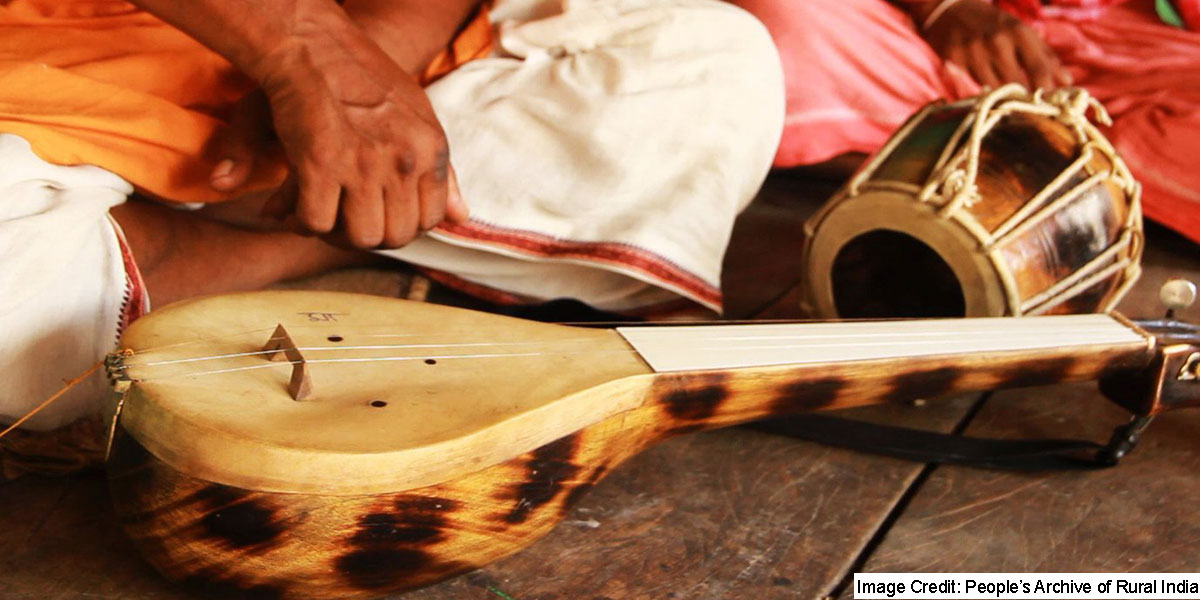

“Tare dhori dhori mone kori, dhorte gele ar pelam na…..”
Every time you come across this line, you might wonder what exactly are we trying to get hold of. Is it something that collaborates the beats and tunes to the concept of ‘separation’? Is it some hidden feelings that find their expression through the musical art form? Is it a manifestation of the life of the common people? What, exactly?

The cultural intangibility of the city lies in its music. Bengali music has been shaping the idea of humanity for ages. Starting from the period of the Bengal Renaissance, music has been an integral part of the ‘City of joy’. With the passage of time, local dialects and art forms came up to uphold the heritage of Bengal. One such magnificent genre is the Bengali Folk music, the authentic Baul music, Bhatiyali (the song of the fisherman), Bhawaiya (the song of the bullock cart drivers), and others, explicitly representing the joy and sorrow of daily life, became a ‘natural rhythm’ of Bengal.

Some of the usual instruments used are flutes, Cymbals, dhol, ukulele, ektara, dotara, and later improvisation with Cajon, or darbuka. All of these come together to witness the unique expression of the neglected perceptions.

Lalon Fakir was the person to associate the philosophy of ‘Dehatatta’ with Bengali Music. The song, “kori mana kam charena modone ami prem rosika hobo kemone?” depicts the ‘sexual desires’ of any person that remain hidden due to the societal structure and beliefs. Likewise, the Bhatiyali song, ‘kada dili sada kapore…” brings out the aspiration of a woman living in the rural area of Bengal, way more different from that of the sophisticated elites.

Yes, while singing to the tunes of Bengali Folk music, you would want to understand the inner lying sentiments of the commoners, and automatically associate yourself with the melancholy of the suppressed.